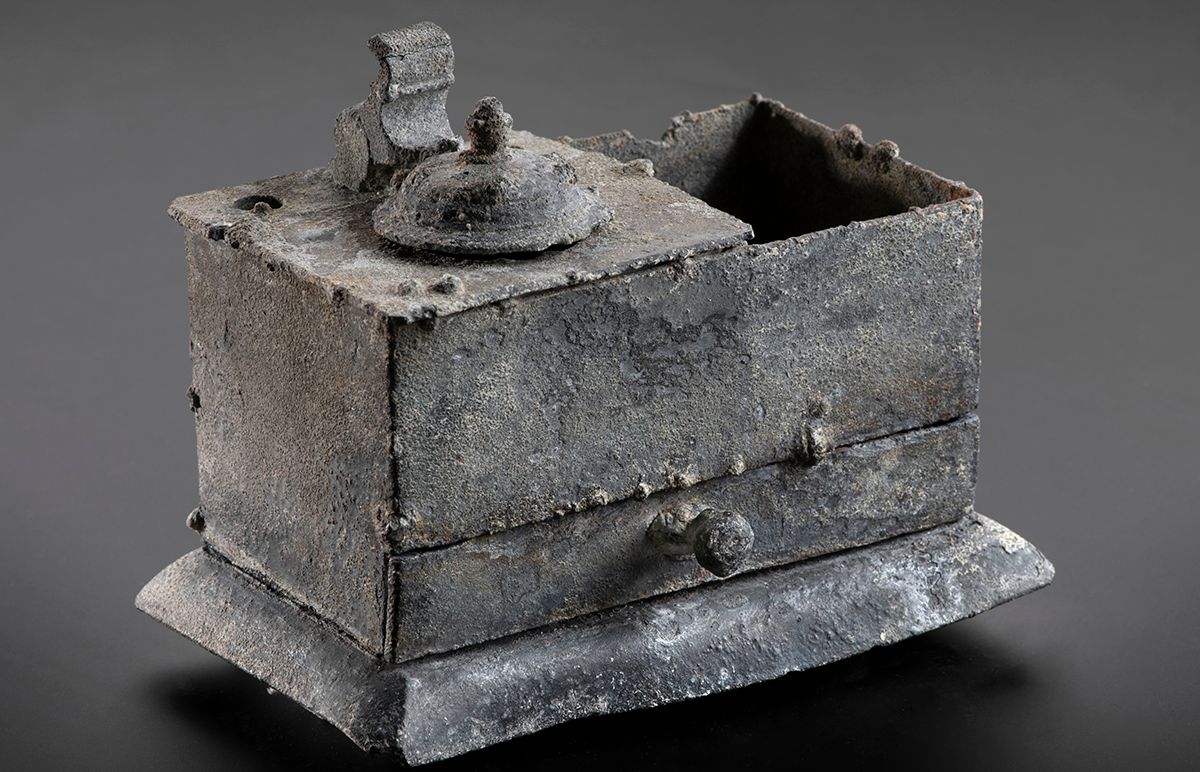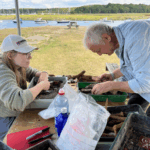The Fort Cumberland Laboratories in Portsmouth reopen today after a year-long major refurbishment to create a state-of-the-art facility for the study of the historic environment through time.
The specialist work of Historic England’s science facility at Fort Cumberland plays a vital role in telling the stories of England’s past. Over the last 75 years, its archaeologists and heritage scientists have made a significant contribution to understanding our past. Projects have included the re-excavation of Silbury Hill, conserving artefacts from the 18th century Dutch warship theRooswijk and the analysis of human remains at Birdoswald Roman Fort Cemetery at Hadrian’s Wall.
Housing nationally important reference collections and advanced analytical instrumentation, Fort Cumberland is managed by a team of heritage scientists who provide bespoke advice and services to the heritage sector, as well as producing globally recognised best practice guidance.
In addition to Historic England-funded building renovations which involved reconfiguring the lab spaces, new flooring, heating and cooling systems, new equipment has been purchased and additional posts created thanks to grants awarded by the Arts and Humanities Research Council (AHRC) as part of the Research Infrastructure for Conservation and Heritage Science (RICHeS) programme. New equipment includes a scanning electron microscope and energy dispersive spectrometry system (SEM-EDS) for analysing historic materials to better understand how they are made, assessing their condition and how to preserve them for longer.
The upgraded SEM-EDS allows imaging of very small features (e.g. nanocrystals) as well as mapping the chemical composition of a wide range of materials. Expected uses include identifying dental wear in archaeological remains; causes of bone discolouration or butchering marks; wood and fibre species; insect remains; plant remains; and historic building materials.
The system is especially powerful for looking at thin layers of objects to understand their construction and degradation, for example understanding why the painted surfaces of the Crystal Place Park Dinosaurs were deteriorating. It will also be used to analyse how coatings respond to environmental changes and help develop more sustainable materials by informing treatment strategies for a wide range of artefacts and building materials, particularly in collaboration with our partners, English Heritage Trust, to protect the National Collection for longer.
The new system will be accessible remotely, allowing wider access and more efficient regional (and potentially international) collaboration, and forming a key part of the UK heritage science infrastructure. Remote access will also reduce the need for researchers to travel to use the equipment and contribute to Net Zero actions.
New storage and curatorial facilities will improve access to our biocultural collections, from providing industry placements for PhD students working on the From Feed the Birds to Do Not Feed the Animals project to identifying unusual plant remains, such as a burnt Roman fig from Dublin.
This national resource offers unparalleled analytical and conservation expertise in marine and terrestrial archaeology, historic sites, buildings, landscapes, and cultural artefacts.
Duncan Wilson, Chief Executive of Historic England said: “The amazing work of our archaeologists and heritage scientists is helping to uncover the hidden stories that connect us to our distant past. This new investment in Fort Cumberland’s laboratories will enhance our research and conservation work and improve access to our expertise, equipment and collections, helping more people to enjoy and care for their heritage.”
Professor Christopher Smith, Executive Chair of the Arts and Humanities Research Council, said: “The adoption of new technology and practice is critical to ensuring that we preserve and learn from our extraordinarily rich heritage. That’s the ethos behind the RICHeS programme and I’m excited to see the work that will be done by the team at Fort Cumberland as a result of this funding.”
















